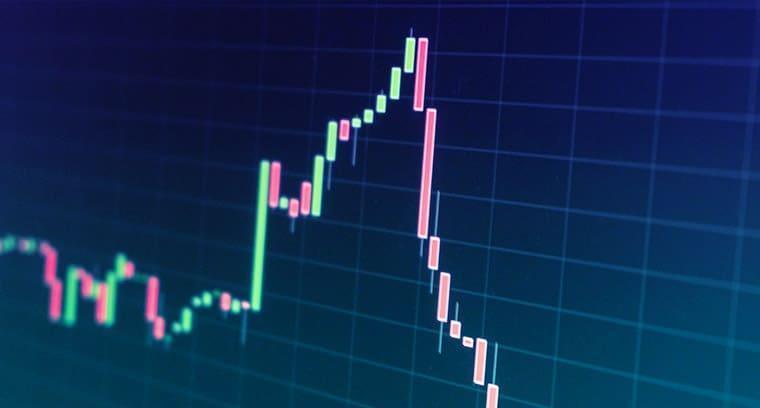Convergence
Convergence is a market term that literally means a convergence of the indicator value movement and the price movement. This signal warns investors of a possible reversal of a downtrend.

3 minutes for reading
Definition of convergence
Convergence is a technical analysis signal of a possible upcoming change from a bearish trend to a bullish one. It forms when indicator and price movements converge and is the opposite of the divergence signal.
To assess the correctness of convergence, two lows on the price chart are taken alongside two similar points on the indicator chart. The first points must be above the second ones. The line drawn through the lows on the chart and the line drawn through the points on the indicator chart must cross.
Types of convergence
- Strong: this is formed when the asset price declines and demonstrates a low under the previous one. The indicator is growing at the same time.
- Medium: this is formed when the asset price tests the low instead of renewing it. Meanwhile, the indicator is growing.
- Weak: this is formed when the asset price is declining and marks a new low while the indicator values remain at the same level.
How to use convergence in trading
Convergence can help in a search for a downtrend reversal. The Moving Average Convergence Divergence (MACD), Relative Strength Index (RSI), and Stochastic Oscillator are used to identify these signals. As a rule, the signal is formed on the indicators at the critical lows.
To enhance the quality of convergence analysis, technical analysis tools such as trend lines and price patterns are used. This helps to reduce the number of false signals: obtaining two similar signals from two different analysis tools increases the correctness of the analysis.
On higher timeframes, convergence is more likely to happen if it forms in the direction of the prevailing trend. The perfect scenario is to detect a bearish trend on the daily chart and look for a convergence signal on H1 and M30.
Convergence can be used as a signal to close short positions because the risk of a trend reversal upwards increases when this signal appears. Read more about convergence and divergence in this article.
Risks of using convergence
- False signals. Traders can see a lot of convergence signals without a trend reversal – such signals are called false signals. The smaller the timeframe, the more such signals it may provide.
- A move without a signal. A price move does not always coincide with the appearance of the convergence signal: an increase in an asset's price can be triggered by unexpected news. In this case, a trader could miss the rise in price because there was no convergence on the chart.
- Low efficiency when prices are crashing. A strong bearish trend can cause several convergence signals before the price actually reverses. A panic sell-off of an asset usually puts pressure on buyers, who then rush at getting rid of it, which, in turn, provokes a greater market crash.
- No target. As technical analysis experts only specify the entry point for convergence, traders face difficulties determining the target for its realisation. To find out what levels the price can rise to, investors must use other technical analysis methods and tools.